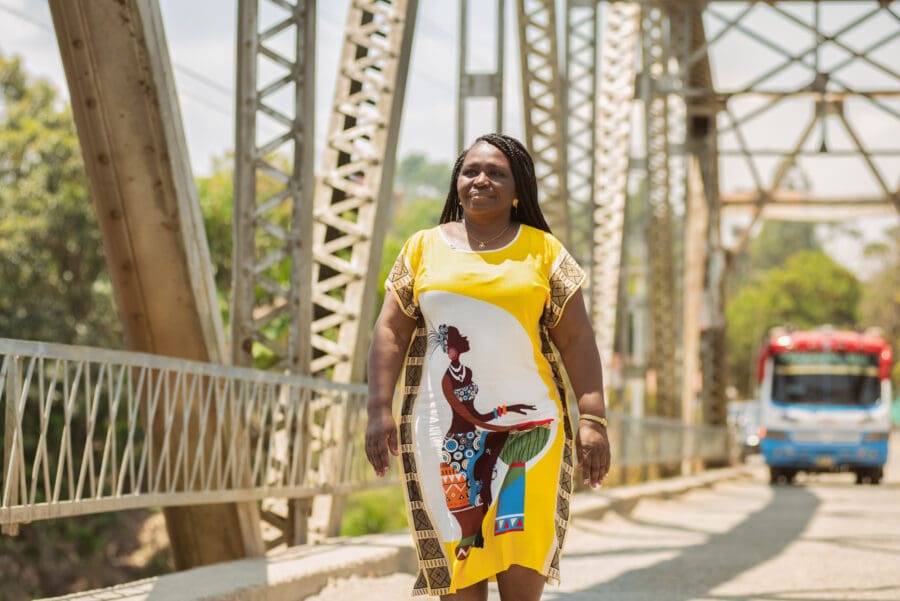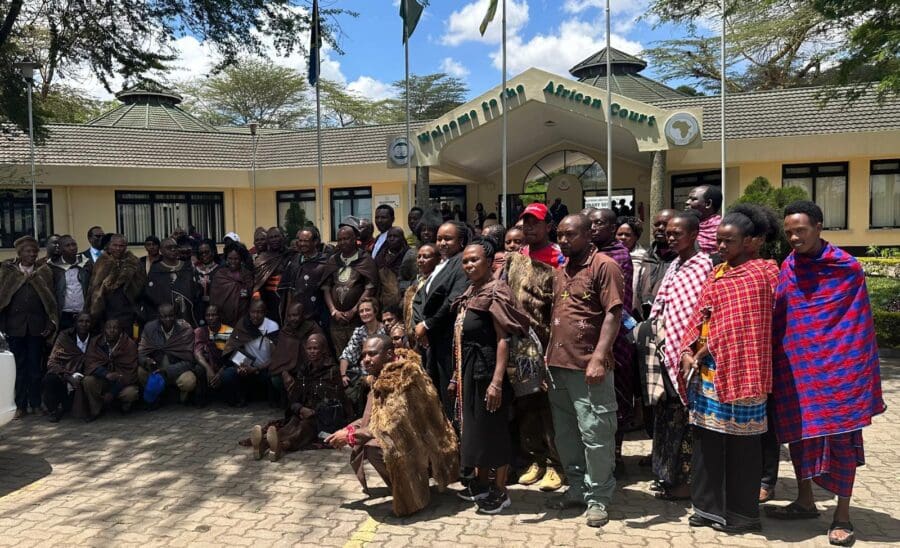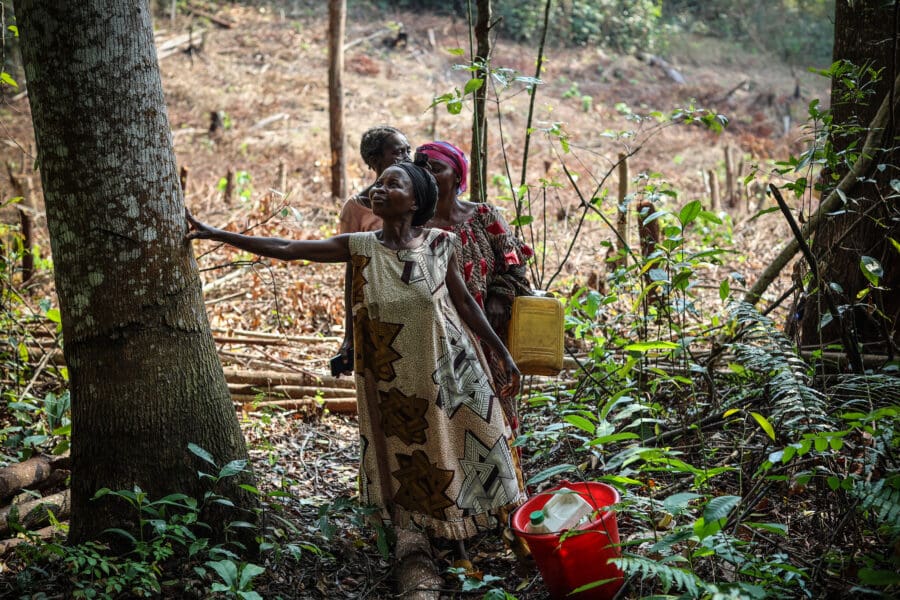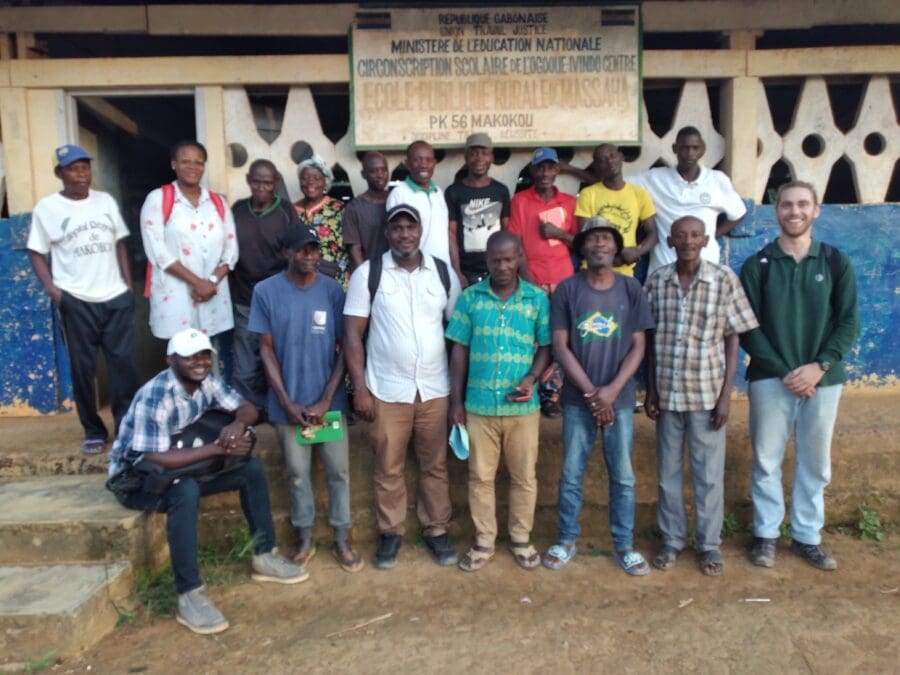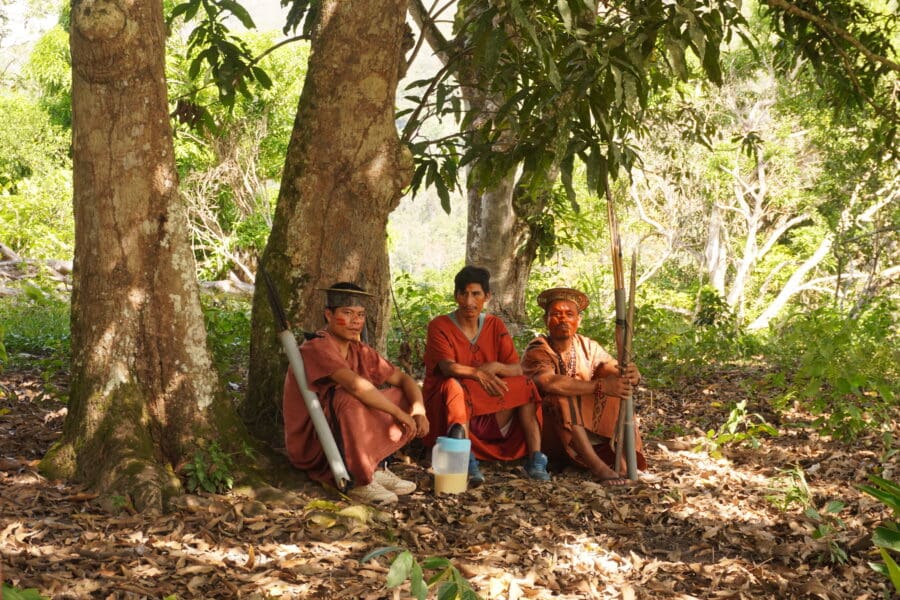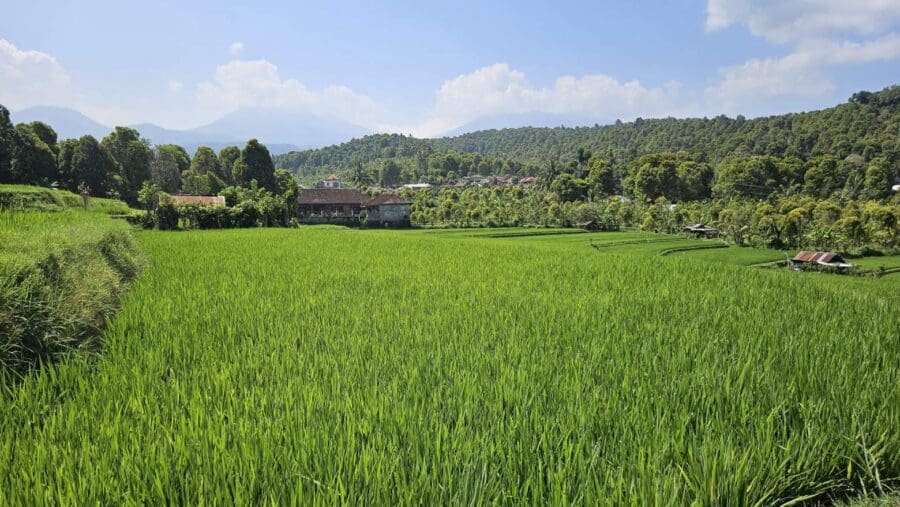Have you ever wondered why people experiencing poverty in rural areas of the Global South tend to have insecure land tenure? If you have, you may have rightly concluded that the greed of powerful actors and colonialism are an important part of the story. Correct as that observation might be, it barely begins to describe the forces that have strengthened and weakened tenure security across time for those with little voice and power.
In our book chapter titled “A Historical Perspective on Tenure Security,” we identify four overarching sets of forces that influence the ebbs and flows of tenure security:
- Vertical power interactions: the actions of powerful actors, colonizers, and land grabbers who seize land with impunity
- Horizontal social interactions: the movements of people across landscapes with effects on their neighbors, such as incursions under conditions of land or resource shortage or rural-to-urban migration
- Technological dynamism: where inventions and their deployment either spur increasing pressure on rural land resources or decrease that pressure
- Catastrophes: often separated into “natural” (e.g. floods, droughts, volcanic eruptions) and “human-made” (e.g. climate change) categories, but ultimately interrelated; catastrophes are not reducible to any of the three other categories yet can destabilize tenure security
There are cross-synergies among these four forces. For example, the changing geography of optimal agricultural production induced by climate change (catastrophe) motivates human migration within and across national borders (horizontal social interactions).
In a similar vein, innovations connected to cellphone use (technological dynamism), such as apps for monitoring weather events and location-specific recommendations for the timing of planting crops, influence how smallholder families remain in place and adapt to changing climate conditions (horizontal social interactions). In Central America and Colombia, coffee farmers confronting outbreaks of a fungal disease known locally as la Roya have used mobile phone apps to alert them to the optimal timing for applying treatments or harvesting. Recent la Roya outbreaks (2013 and 2017) have been linked to climate change (catastrophe) and widespread devastation provoked by migration across borders (horizontal social interactions).
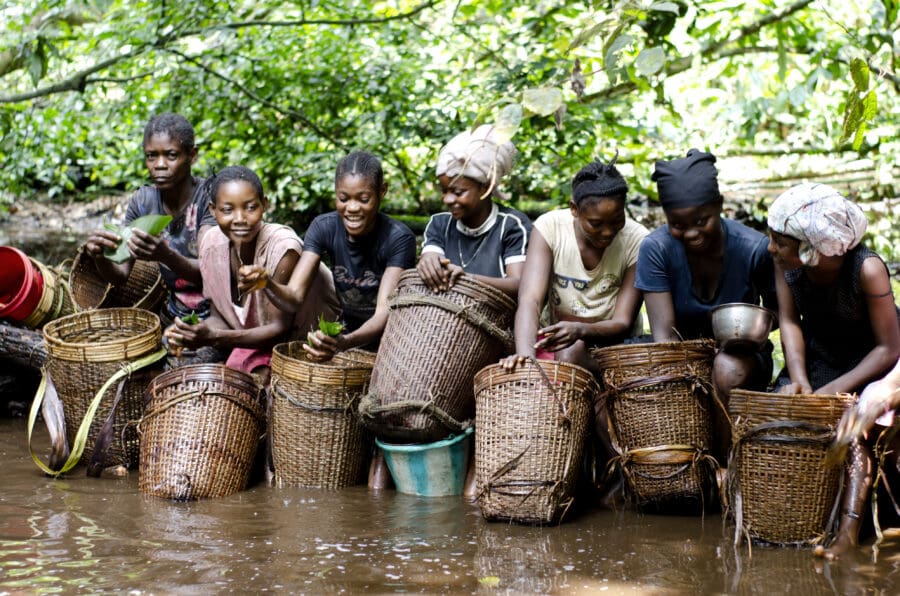
In recent years, the Philippines has experienced an increase in the frequency and intensity of typhoons due to global warming. These large-scale events have triggered the mass displacement of already vulnerable and tenure-insecure families. In the wake of Typhoon Haiyan in 2013 (catastrophe), on the island of Sicogon, the mass displacement of people became an opportunity for the private sector and the government to see the affected land as a “clean slate” (vertical power interactions), declare it unsuitable for agriculture, and execute a large-scale land grab for establishing high-end tourism on the island. This represented a major shift in what had been decades of ongoing land struggles between smallholder families and powerful elites, and resulted in the displacement and relocation of families.
We recognize that this theoretical framework and categorization of forces is largely speculative and tentative. Measurement and documentation of tenure insecurity only began in recent decades, so there are no worldwide historical data to serve as an empirical foundation for testing and validating the theory.
So, where do policies come into play? Aren’t international, regional, and national land and resource policies a key reason why smallholders in the Global South often experience insecure land tenure? After all, some policies explicitly restrict access to land and resources that have been held by smallholders for generations, if not centuries. You would be correct in making this observation. We exclude policies from our framework because they are subsumed in the category vertical power dynamics, though they plausibly exist in the other three categories as well. In our book chapter, we highlight structural and contextual—not policy—forces, some of which tend to elude our attention despite their obvious importance.
Beyond proposing a theory of the structural forces influencing tenure security, we sketch the broad historical arc of smallholder tenure security and land access in the Global South:
- The widespread seizure of land, and resources by the powerful under the process of colonialism
- The movement toward partial restoration of local land access in the mid-twentieth century (for example, post-colonial restitution, agricultural land reform and redistribution movements, and forest management devolution)
- The land-grabbing phenomenon of recent years
- The current lack of clarity over future directions for tenure security, especially in light of climate change
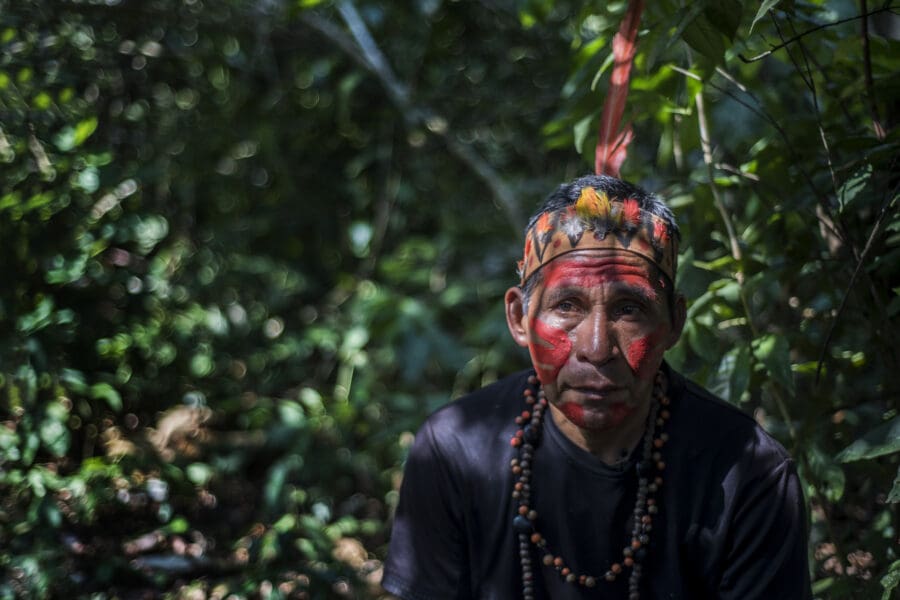
On the hopeful side, there has been growing attention on the need for strengthening tenure security for communities in the Global South, not just to right historical wrongs (an end in itself) but also to achieve broad societal goals (a means to an end). Global policy dialogue now recognizes that tenure security for forest-dwelling communities, Indigenous Peoples, and Afro-descendant Peoples promotes forest custodianship and climate change mitigation.
But despite these advancements, there are areas of the Global South where tenure security is in retreat as land incursions proliferate. In 2024, Prindex released results from its most recent global survey on perceived tenure (in)security across 108 countries. The overall findings show a 4 percent increase in the number of people experiencing tenure insecurity since 2020, but with marked regional differences. For example, there was an uptick in insecurity in East Asia, and strengthened security in some individual countries like Burkina Faso. Land disputes, claims, and incursions have resulted in violence in Brazil due to the seizure of land in the Amazon by farmers and ranchers and conflict with Indigenous groups asserting their land claims.
Policies to protect vulnerable landholders must consider and integrate the complex forces that influence tenure security. We hope this blog and our book chapter more broadly contribute to a more nuanced understanding of that complexity.

